Today, it is crucial for businesses to maintain consistency in their operations by gathering relevant and valuable data from the market. All that is needed is the right big data analytic tool and a skilled data analyst to sort through raw data and determine the best action. Employees’ ability to gather, look over, and analyze vast amounts of data to identify market trends is boosted in remote working environments.
1. Apache Hadoop
Apache Hadoop is a software framework process for managing big data and clustered file systems. It uses the MapReduce programming model to manage big data datasets. It is a Java-based open-source framework that supports multiple operating systems. The most widely used big data tool is Apache Hadoop.

2. CDH (Cloudera Distribution For Hadoop)
One of the most crucial big data analytics tools, CDH, focuses on using the technology in enterprise-class deployments. It is free and open source, and its platform distribution includes Apache Hadoop, Apache Spark, Apache Impala, and numerous other tools. It enables you to gather, process, administer, manage, find, model, and distribute an infinite amount of data.
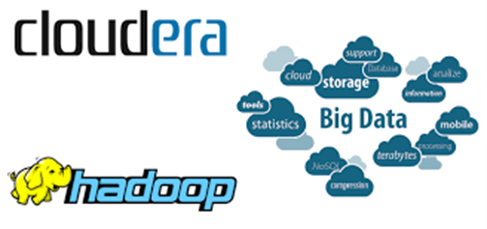
3. Cassandra
Apache Cassandra is a distributed NoSQL DBMS designed to manage large data volumes dispersed across many commodity servers while providing high availability. It is free and open-source software. It uses the Cassandra Query Language (CQL) to communicate with the database. Many well-known businesses use Cassandra, including Accenture, American Express, Facebook, General Electric, Honeywell, Yahoo, and others.
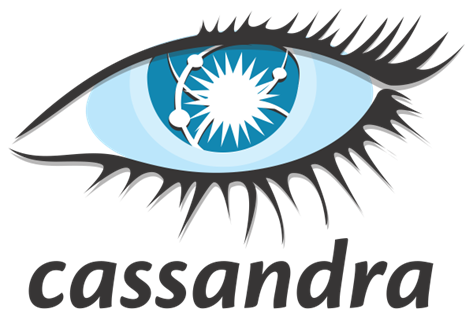
4. Knime
Konstanz Information Miner, or KNIME for short, is an open-source data analytics tool used for enterprise reporting, integration, research, customer relationship management (CRM), data mining, data analytics, text mining, and business intelligence. Operating systems for Linux, OS X, and Windows are supported. It is regarded as a solid SAS substitute. Many renowned businesses, such as Comcast, Johnson & Johnson, Canadian Tire, etc., use Knime.

5. Datawrapper
Another free and open-source big data analytics tool for data visualization is Datawrapper. It enables users to create quick, accurate, and embeddable charts. The majority of its clients are newsrooms located all over the world. The Times, Fortune, Mother Jones, Bloomberg, Twitter, and other brands are a few.
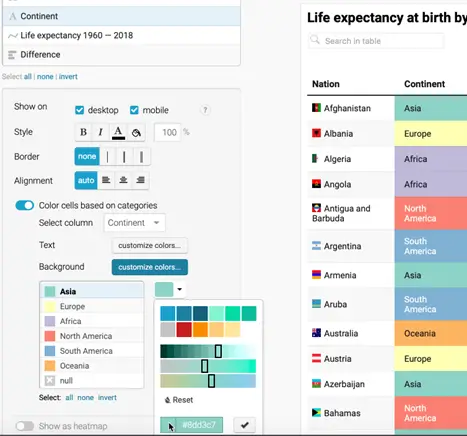
6. MongoDB
Document-oriented NoSQL database developers created MongoDB in C, C++, and JavaScript. It is a free, open-source tool that works with various operating systems, including Linux, Solaris, FreeBSD, Windows Vista (and later versions), and OS X (10.7 and later versions).
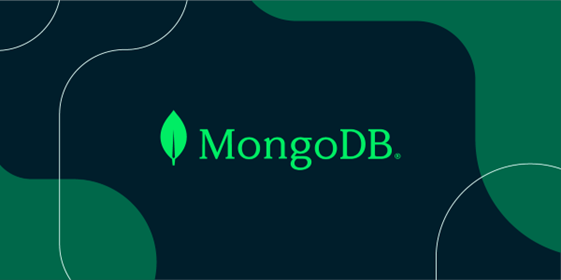
7. Rapidminer
An integrated environment for data science, machine learning, and predictive analytics are possible with the cross-platform tool Rapidminer. It is available under several licenses that offer small, medium, and large proprietary editions in addition to a free edition that supports up to 10,000 data rows and one logical processor.
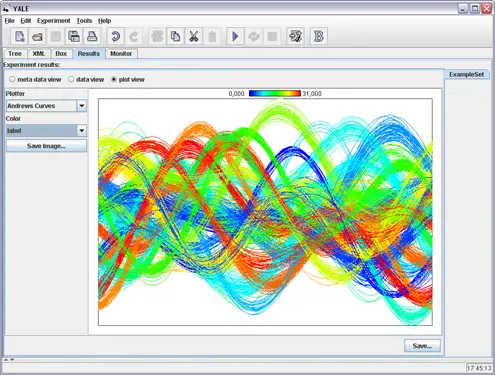
8. Dataddo
Dataddo is a no-coding, cloud-based data analytics tool that puts flexibility first by allowing you to select your metrics and attributes and a wide range of connectors. It facilitates the quick and easy creation of stable data pipelines.

9. Lumify
An open-source, cost-free tool for big data analytics and visualization is called Lumify. Full-text search, 2D and 3D graph visualizations, automatic layouts, link analysis between graph entities, integration with mapping systems, geospatial analysis, multimedia analysis, and real-time collaboration via several projects or workspaces are some of its key features.

10. Storm
This Apache Storm is a distributed real-time computation system that is free and open-source. The Storm does for real-time processing what Hadoop did for batch processing by making it simple to process unbounded data streams reliably. The Storm’s developers give Backtype and Twitter support. It is written in Java and Clojure. Groupon, Yahoo, Alibaba, and The Weather Channel are well-known businesses that use Apache Storm.



















